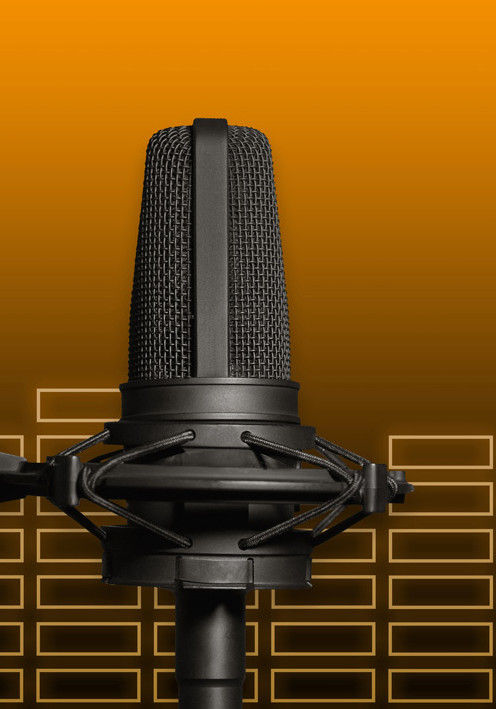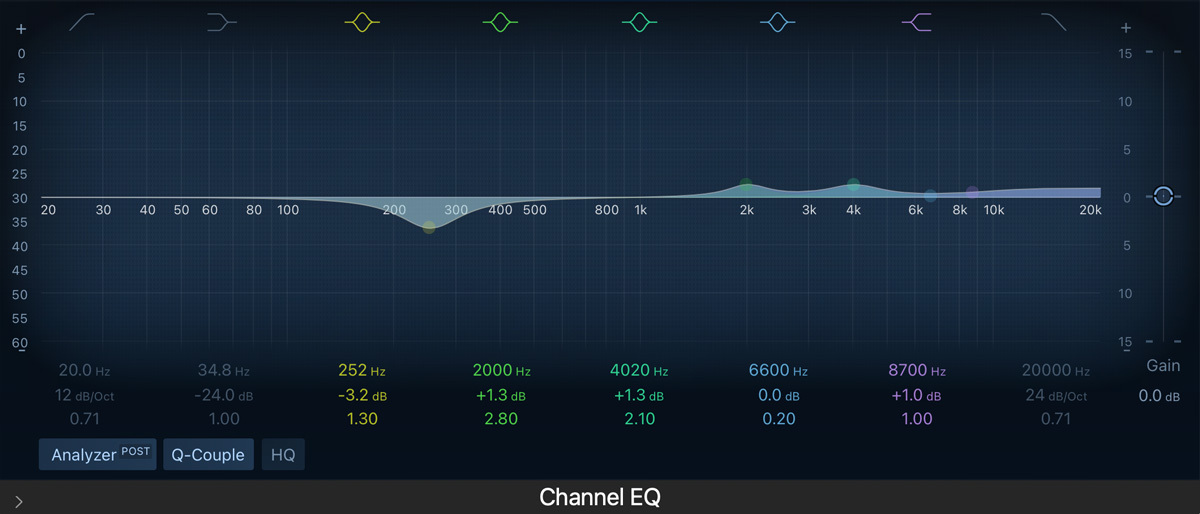Understanding how to EQ vocals is part art, part science. Every recording is different and it's important to use your ears and apply a degree of interpretation with every vocal you mix.
Saying that, there are a few solid foundations and mixing principles you can apply broadly to the majority of your recordings.
In the following guide, we'll lay down a step-by-step guide on how to EQ vocals so you can make an informed choice about the best way to apply settings to enrich and enhance any vocal performance.
First Things First - Focus on the Initial Recording
Fixing a bad recording is very tough work. So while we can apply remedial EQ approaches to mitigate the problems associated with poor acoustics or lousy microphone technique, the results are invariably better when (as engineers) we focus on capturing the initial recording as best possible.
The more attention you pay to room acoustics, microphone techniques, and gain structure on input, the easier it will be to apply EQ on your vocal in a way that compliments the overall track.
If you're not blessed with a perfect recording environment like many home studio owners, there are techniques you can apply to "DIY" a solution. Follow our complete guide on how to record vocals for more help in this area.
How to EQ Vocals Step One: Apply Initial Parametric EQ
Like any mixing process, the order in which you apply plugins within your DAW will make a huge difference to the result.
Assuming you will apply some degree of compression to the vocal, it's good practice to apply EQ to your recording before and after compression. See our guide on how to compress vocals for more information here.
For the purpose of this tutorial, we'll be using Logic Pro, but all other professional DAWs will have their own equivalent of a Parametric EQ.
We're going to start by applying a Parametric EQ in the signal chain before adding a compressor. At this stage, we are going to use the EQ to remove any excessive low-frequency energy and control any other over-zealous areas that will make our compressor work harder than necessary.
This usually involves applying a low-frequency roll-off from around the 90Hz mark and applying a light cut to the low-mids where we could have some energetic or boomy frequencies.
In the context of your overall mix, leaving the energetic low frequencies untouched will muddy up the mix and make it difficult for the instruments occupying this space to compete.






